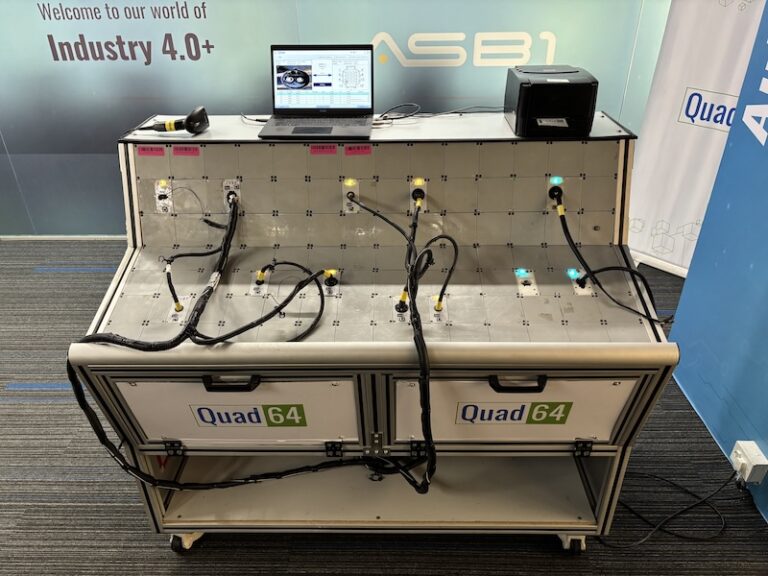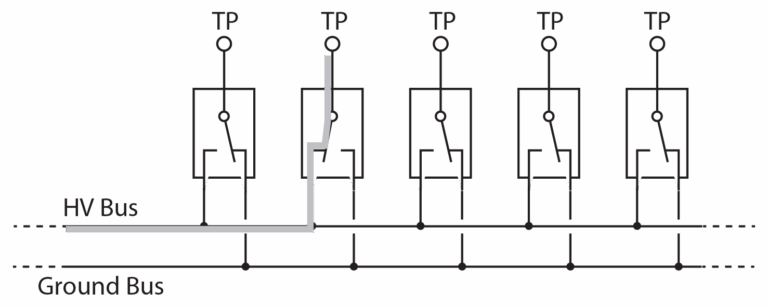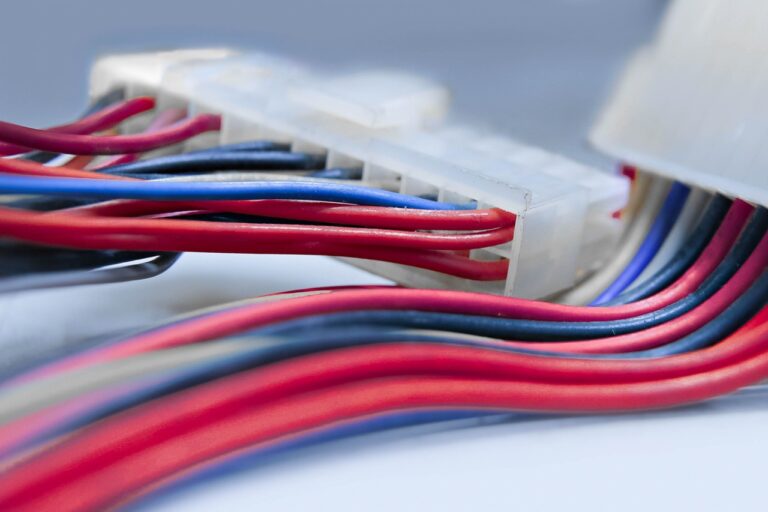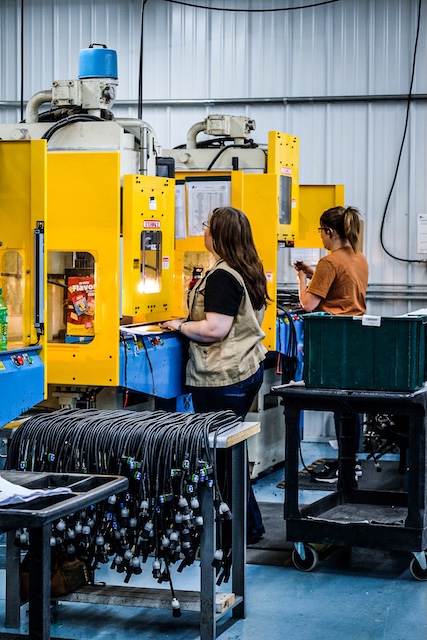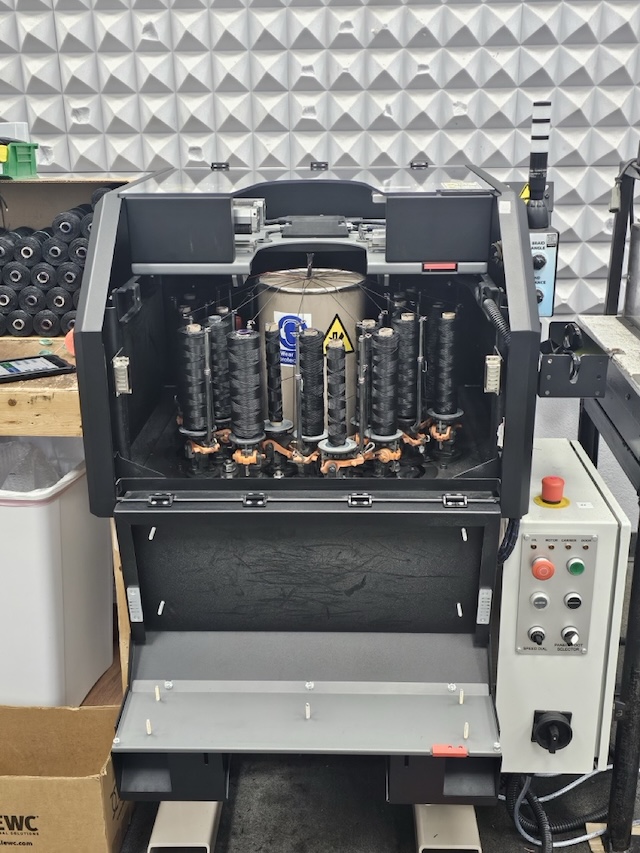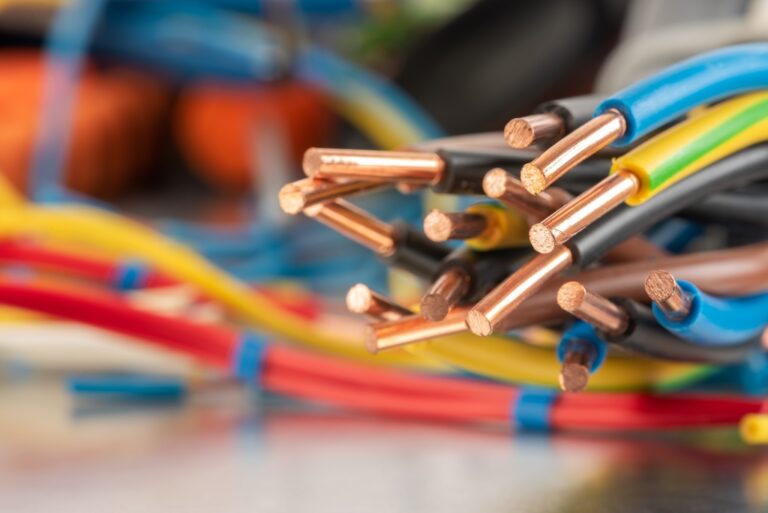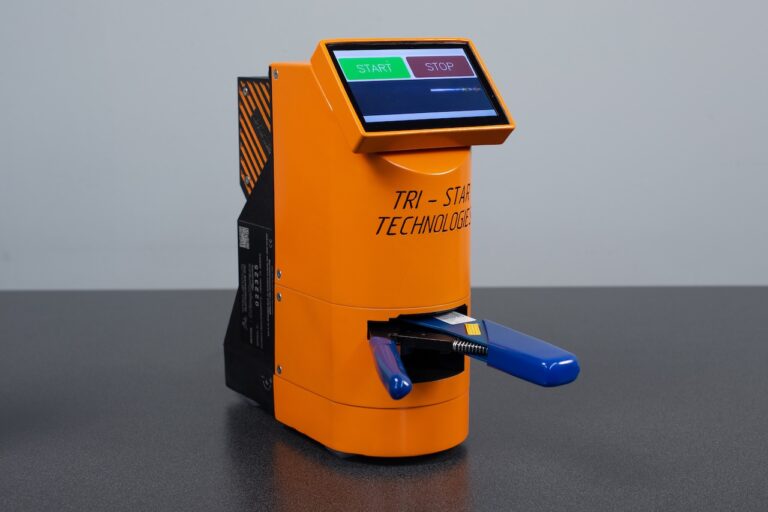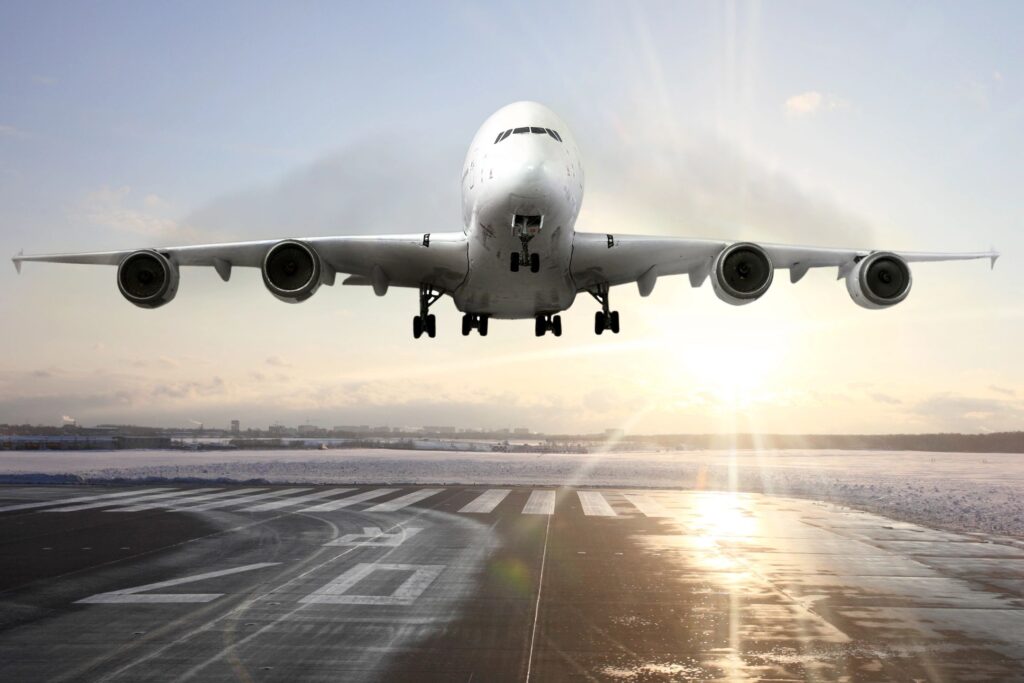LATEST DEVELOPMENTS IN WIRE AND CABLE – SAE 8A 8D SPRING 2018
By Michael Traskos – Lectromec
It is not often that you find more than two people in a room with a passion for aerospace wiring systems. One of the exceptions is the bi-yearly gathering of wiring system component and EWIS experts for the SAE 8A/8D committee. Last week, Chicago, Illinois was the host for this event that covered a wide range of topics from conductors to installation practices.
The following is a brief overview of some of the development and topics discussed at the meeting.
HEAT SHRINK TUBING
Since the release of the heat shrink tubing standard MIL-I-23053 (the exact release date is uncertain as earliest available version is Rev C from 1976), product manufacturers were permitted to self-certify the product base on the results of their own testing. This will soon be changing with the transition to the SAE version of the document AS23053.
With the heat shrink tubing covered as an SAE document, requirements now levied on manufacturers required third-party verification of their product’s performance. Other than the verification requirements, the SAE and military documents are the same. No additional requirements or performance needs have been levied.
The exact dates for this transition have not been set in stone, but it is anticipated that there will be a short overlap when both the military standard and the SAE standard products will be available. After this grace period, the military standard will be canceled, and all manufacturers should be following the SAE version.
DIMENSIONAL LIFE
The dimensional life (shelf life) of heat shrink tubing was also discussed. It should be noted that each of the product specifications (slash sheets) has a specific shelf life; some materials are more susceptible to shrinkage. Because of this material stability variability, the guaranteed shelf life may range from one to five years. A product manufacturer can claim a longer shelf life; the standard only sets a minimum shelf life that the product must achieve.
MORE WITH HIGH-VOLTAGE
High voltage continues to be a topic of regular discussion at the meeting. As discussed at previous SAE meetings, the consideration of higher voltage power systems is a unique challenge for EWIS components. Those unfamiliar with the topic may find it odd that the threshold separating low and high voltage in aerospace applications can be as low as 120V (depending on who you ask). While the high-voltage threshold for aerospace is significantly lower and faced by utilities, there are practical physical limitations that create challenges. An example of this is the threshold of PARTIAL DISCHARGE. As the pressure decreases, the voltage required for breakdown also decreases. Table 1 shows the minimum voltage to create partial discharge at different altitudes using current aircraft M38999 connectors.
Table 1. M3899 minimum voltage to create partial discharge at different altitudes
The operating voltage is 33% of the DWV voltage for connectors of this style.
A limitation faced by the SAE wiring community is the lack of open requirements provided by OEMs. For a higher voltage wire or connector to be built, information must be known about the voltage level, possible voltage spikes in the case of transients/switching, and the expected life performance. Considerations that were raised was that, if high-voltage systems become the norm, then it may become necessary for life limitations on EWIS components.
This concept stems from research performed by several members of the SAE wiring community, including Lectromec, that show that the long-term reliability of wires dramatically decreases with increased voltage. Furthermore, there is an inverse relationship between the power frequency and a wire’s insulation longevity under high-voltage conditions (i.e. Increasing the frequency by a factor of two will decrease the wire’s insulation life by 50%). It is likely that this will be an issue that the community struggles with for decades to come.
SECONDARY HARNESS PROTECTION
Secondary harness protection is something that Lectromec has discussed multiple times (links). These materials are used for chafe protection, fire zone protection, and sometimes arcing protection (link). For the SAE, AS60491 provides the specifications for these materials. One of the latest developments with the standard is the incorporation of water resistance. The consideration here is that for some material types, it would be advantageous to identify the material’s fluid resistance and capability of protecting the interior wires from fluid ingress. The latest method for fluid resistance has been established and will become part of the standard once released. This provides another way to evaluate a secondary harness protection and if it is applicable for a given application.
CONCLUSION
The SAE has been making significant progress in multiple areas of aircraft wiring specifications and wire systems. Although it may not seem like much after each meeting, these small changes progressively improve the safety and reliability of aircraft wiring and wiring systems. A review of wiring standards and specifications suggest that as much as 50% of the information is updated or improved every 13 years.
Lectromec provices certification solutions for aerospace wire systems and components and is an ISO 17025:2005 Certified Lab. If you need to test for heat shrink tubing, or if you have any questions regarding EWIS testing and requirements, you can visit www.lectromec.com, or contact Mike Traskos at [email protected].

























